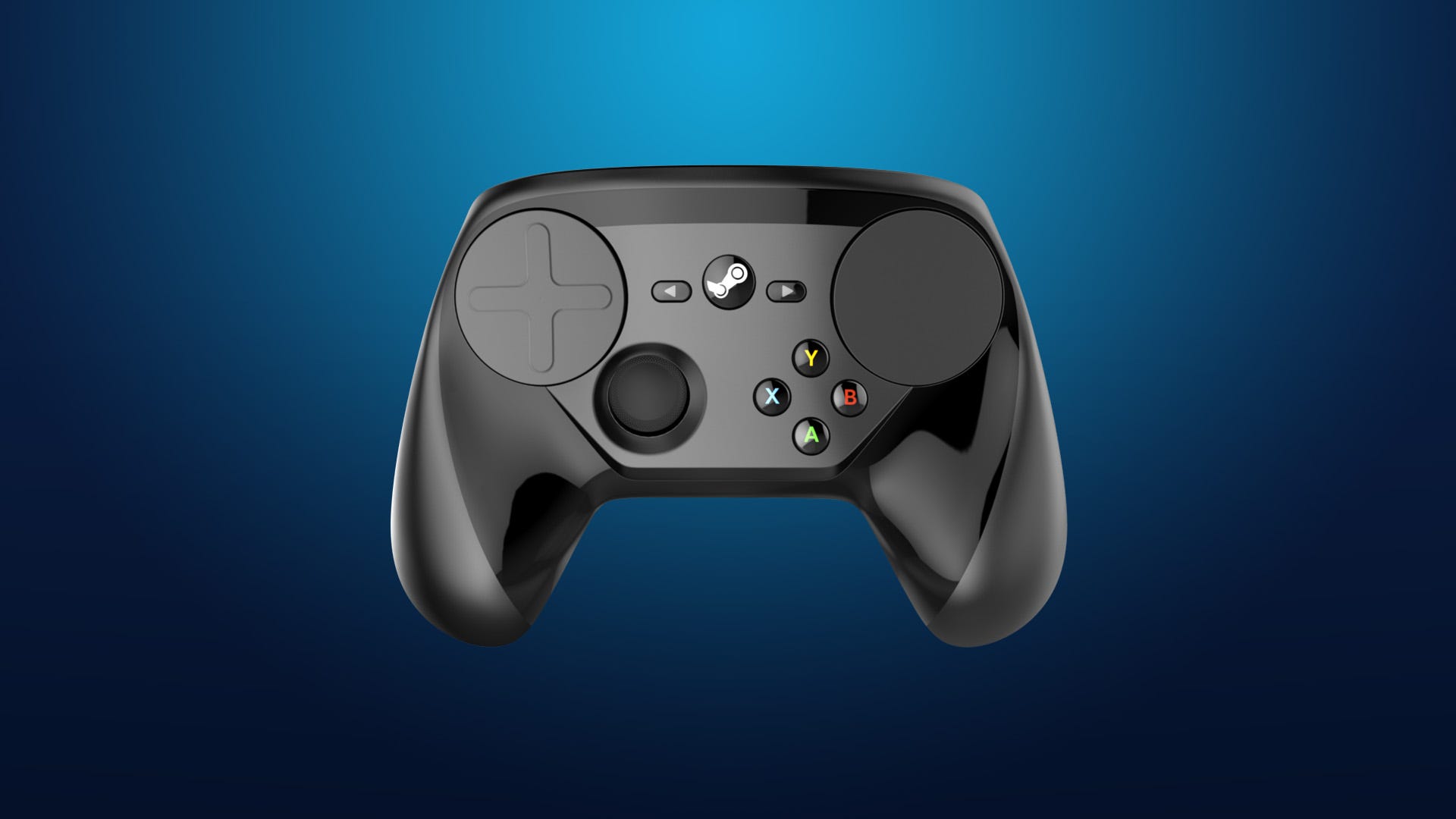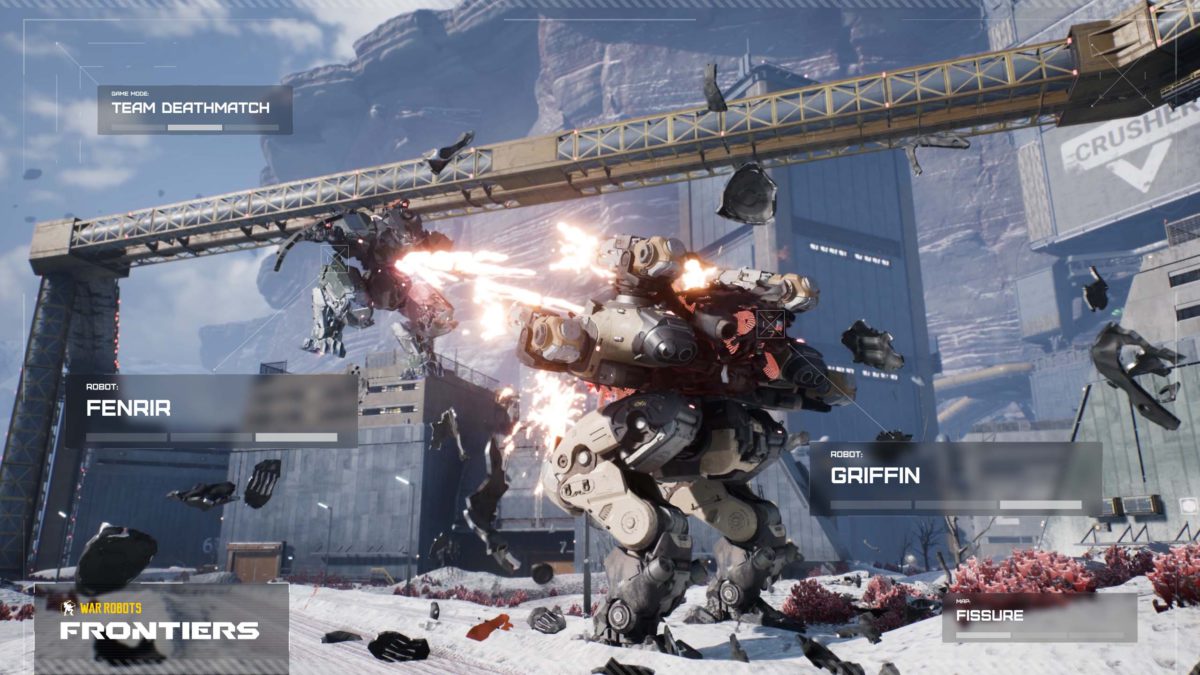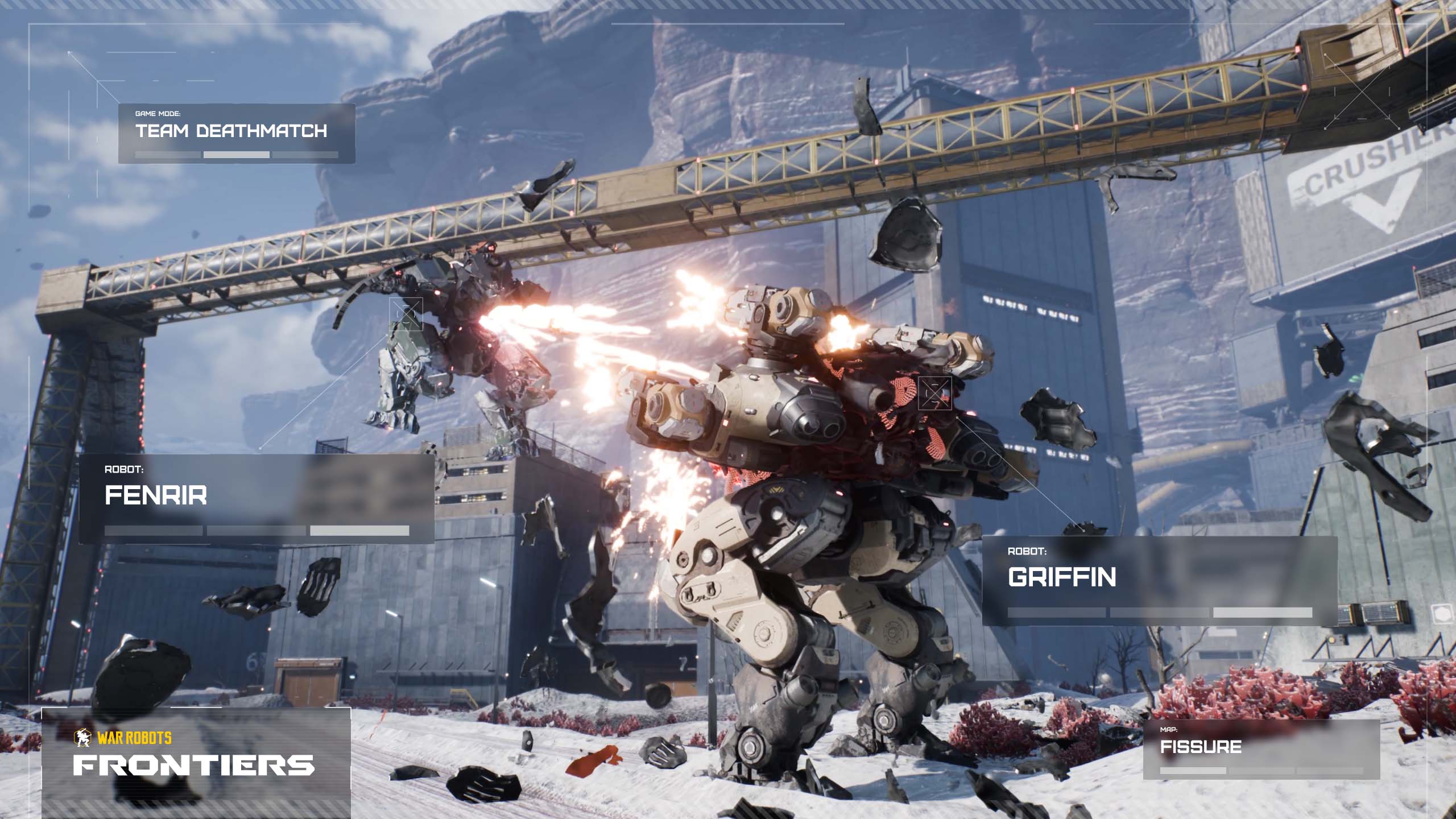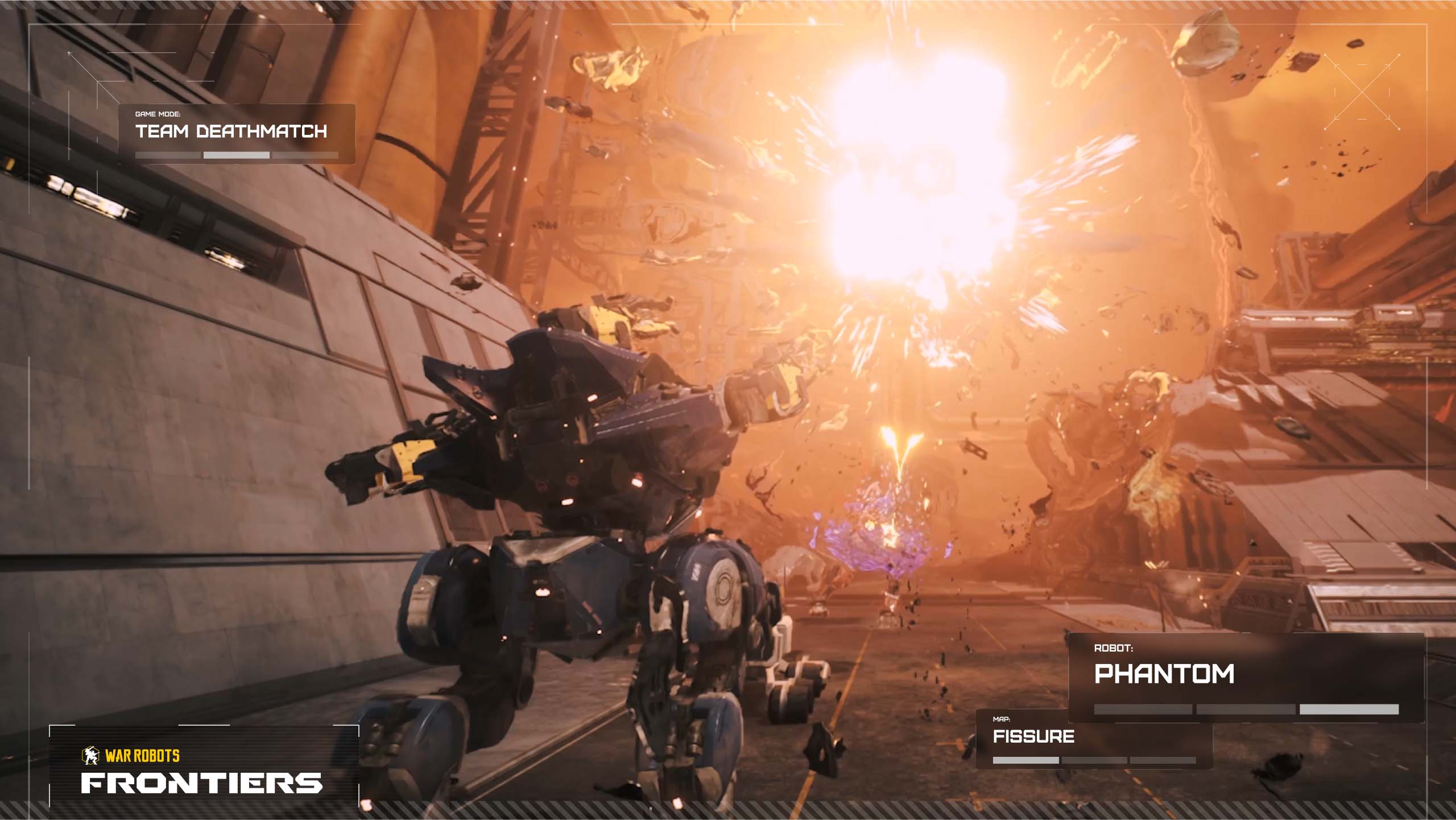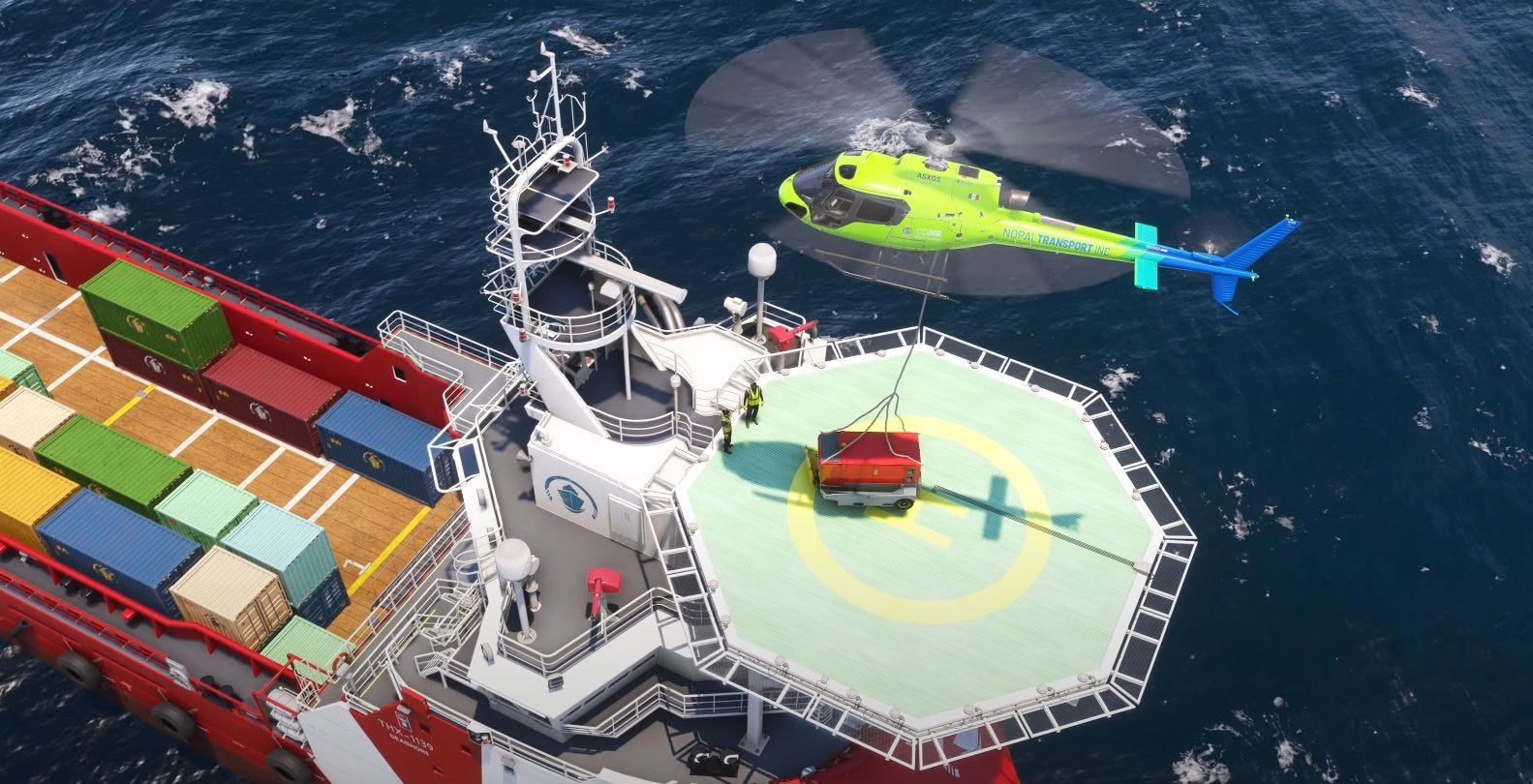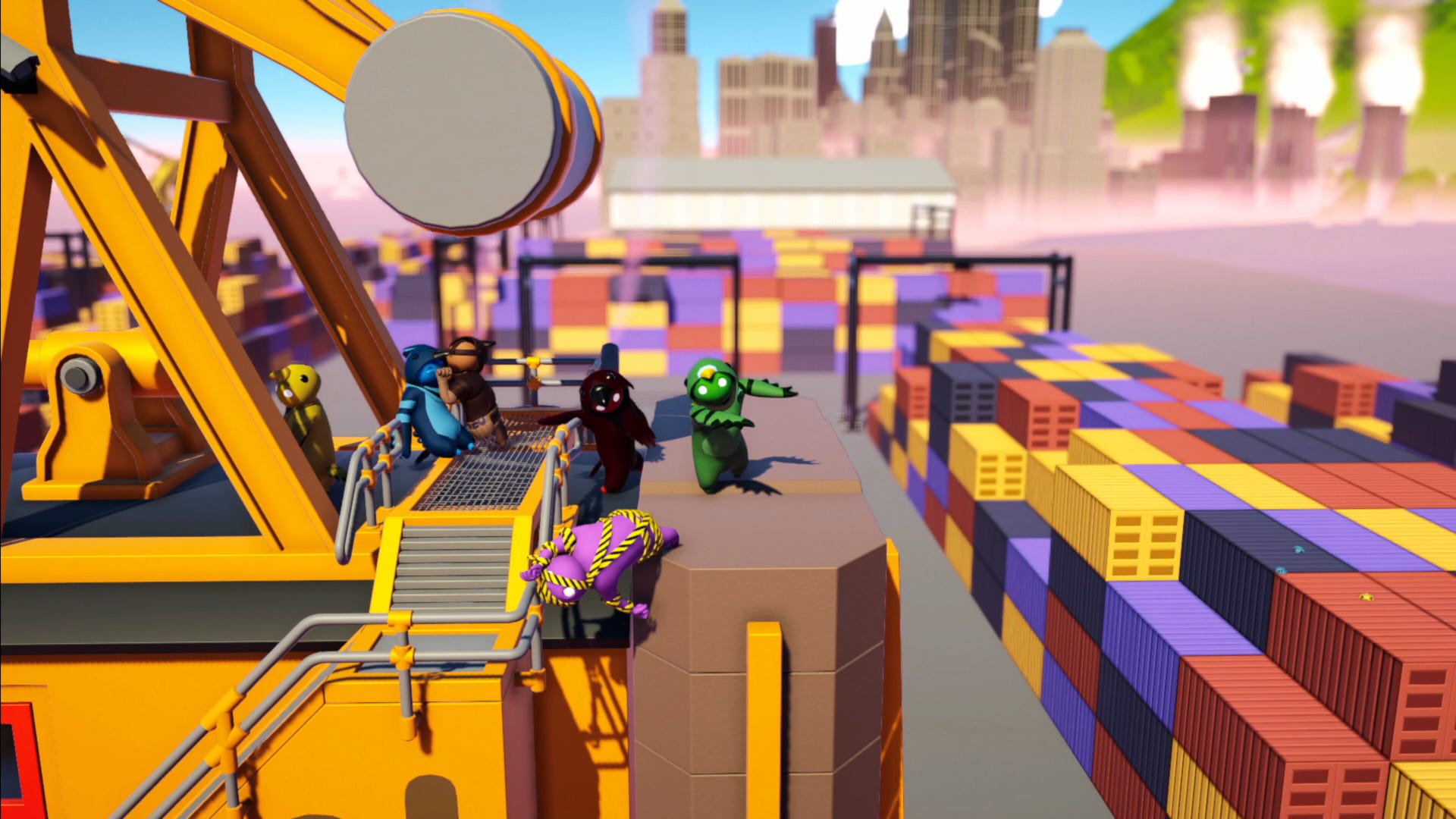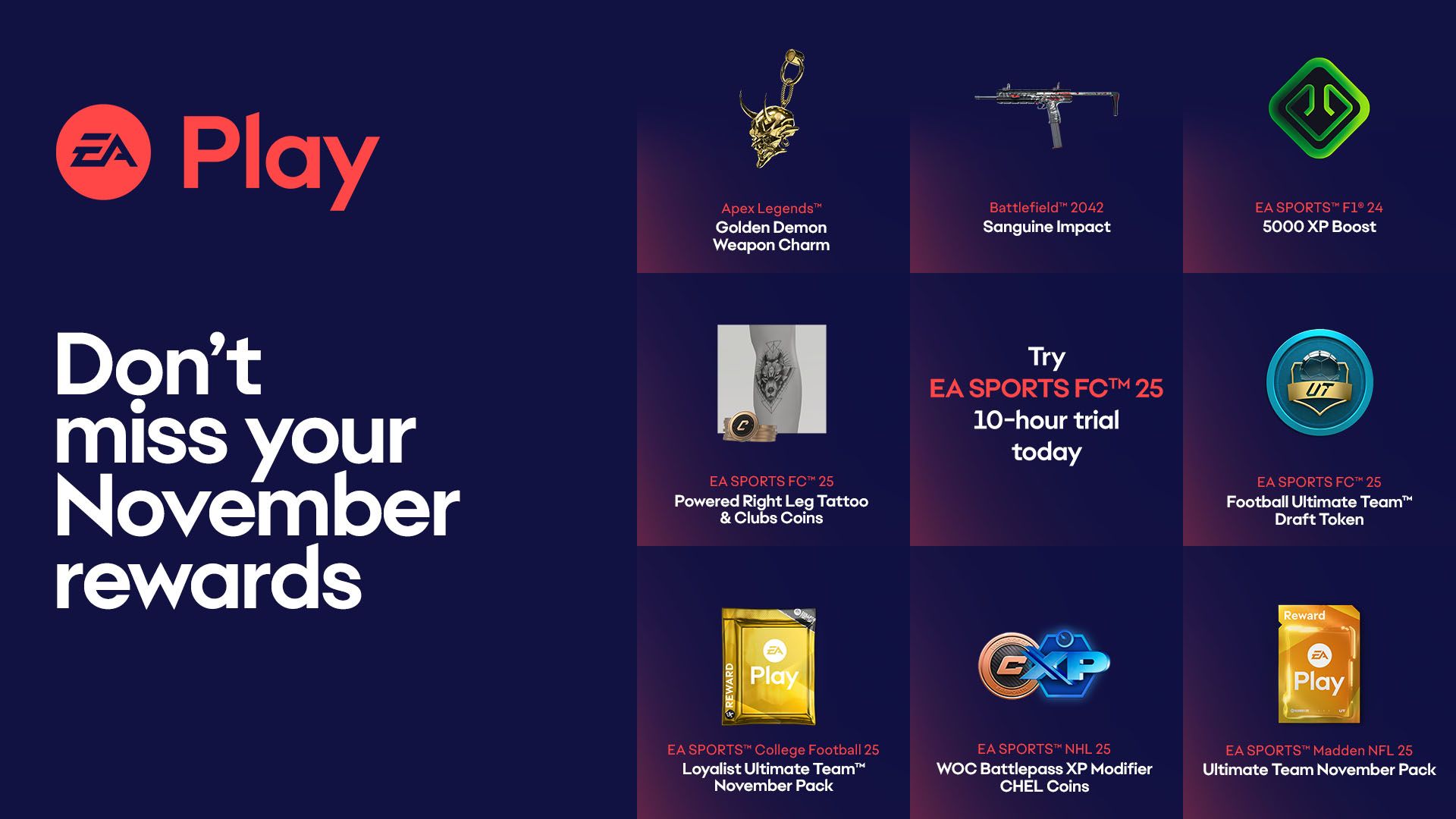Pokemon TCG Pocket continues to be ridiculously popular, but in the early days of the game there are only a limited number of ways to engage with other players. Trading still hasn’t been released yet, and battling only has one regular format that lets you start a match with a friend, or a random player. So in order to spice things up, the community is coming up with its own workarounds, including a brand new battle format that’s been very well-received so far: NOEX.
“NOEX” is a battle format with one simple rule: no EX Pokemon allowed. EX Pokemon, if you’re unfamiliar, are ultra-powerful monsters that are very difficult to defeat, but which award two points upon destruction as opposed to just one. Due to their sheer power, most good meta decks in Pocket are built around at least one EX card, and the end result is that you tend to run into a lot of the same decks over and over when you engage in random battles. For the last month or so, for instance, I’ve been playing a deck that revolves around Pikachu EX, and have been fighting a lot of Mewtwo EX, Charizard EX, and Starmie EX.
But in NOEX, all those cards are banned, which forces players to build decks around other Pokemon for some interesting combos. For this article, I engaged in a couple of NOEX battles myself. In one match I faced a Butterfree/Dugtrio stall deck that I’d never seen before that decimated my army of Nidoran, and in another I barely scraped out a win against a wacky Dragonite/Weezing combo thanks to a lucky final draw. It’s a fun format if you want to shake things up a bit.
Unfortunately, NOEX exists on an honor system. There’s no way to officially create your own battle formats in Pocket just yet, so players have created this by word-of-mouth. If you want to join a NOEX battle, simply select “Private Match” under battles, and use “NOEX” as the password. But you’re essentially on your honor to use a deck with no EX Pokemon, as there’s nothing in the system to stop you. Some players are already complaining about opponents bringing EX Pokemon to a NOEX fight and ruining their fun – an unfortunate hazard of a community-created format.
That said, it sounds like NOEX is otherwise going pretty well. Community members are praising it on Reddit, and while my personal experience is limited, the speed with which I was able to get into matches with others who were respecting the format indicates this might have legs. It also sounds like some players are suggesting other types of formats that can be done in the same way, such as only allowing a single EX card per deck, or no decks considered by the community to be “S-tier.”
Hopefully, it won’t be long before we start to see new features creep in that will hopefully eliminate the need for the community to invent stuff to do. We’ve already learned that there’s a “major update” coming in the near future that will include trading, and new booster packs on the way will hopefully spice up the meta a bit as well. Given how wildly popular TCG Pocket is, the updates can’t come fast enough.
Rebekah Valentine is a senior reporter for IGN. You can find her posting on BlueSky @duckvalentine.bsky.social. Got a story tip? Send it to rvalentine@ign.com.

